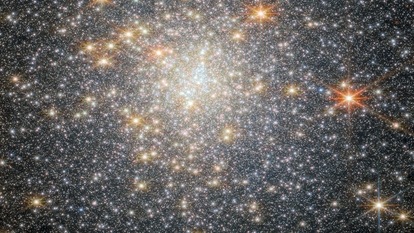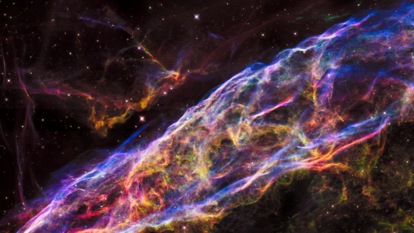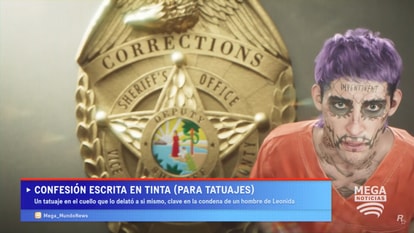Dangerous C1-class solar flare likely to hit Earth
A potential C1-class solar flare presents potential danger of Earth impact, according to a report by the National Oceanic and Atmospheric Administration.
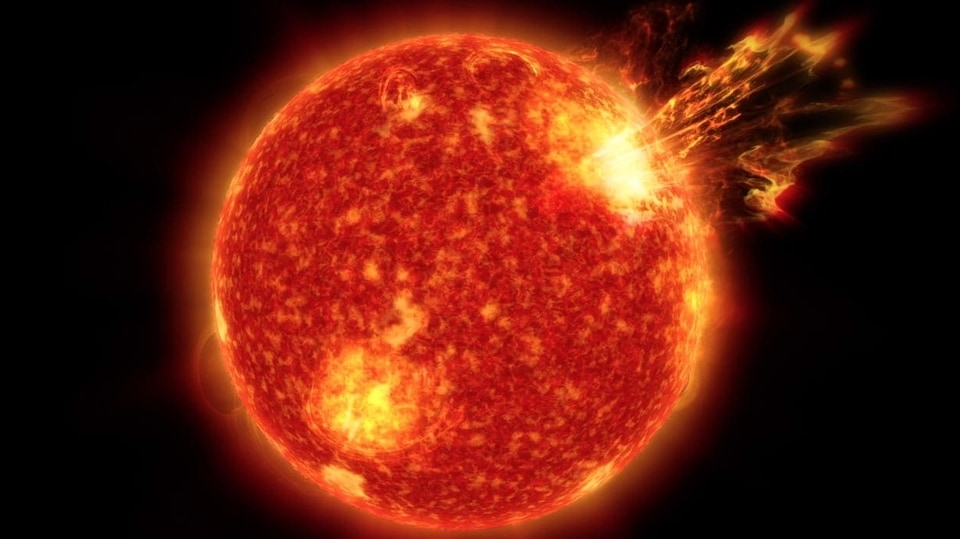
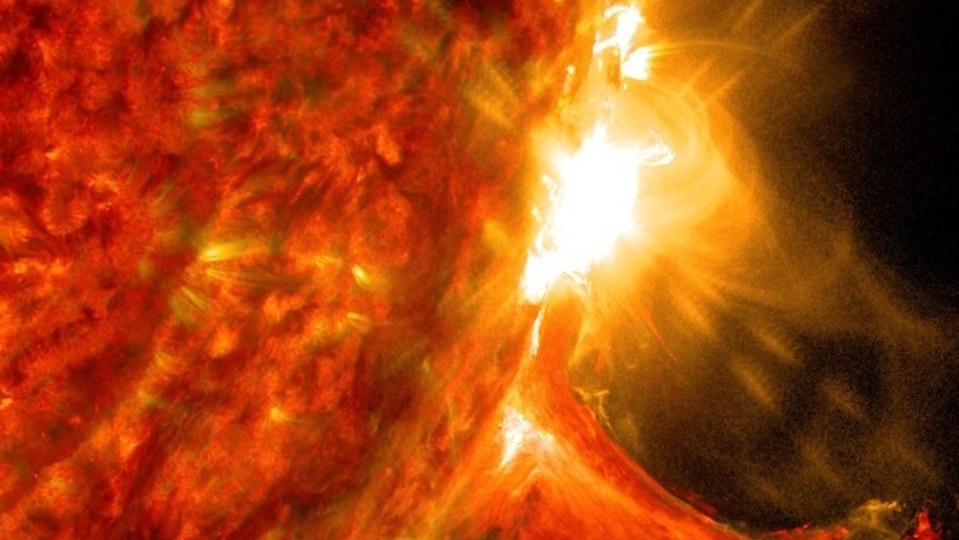
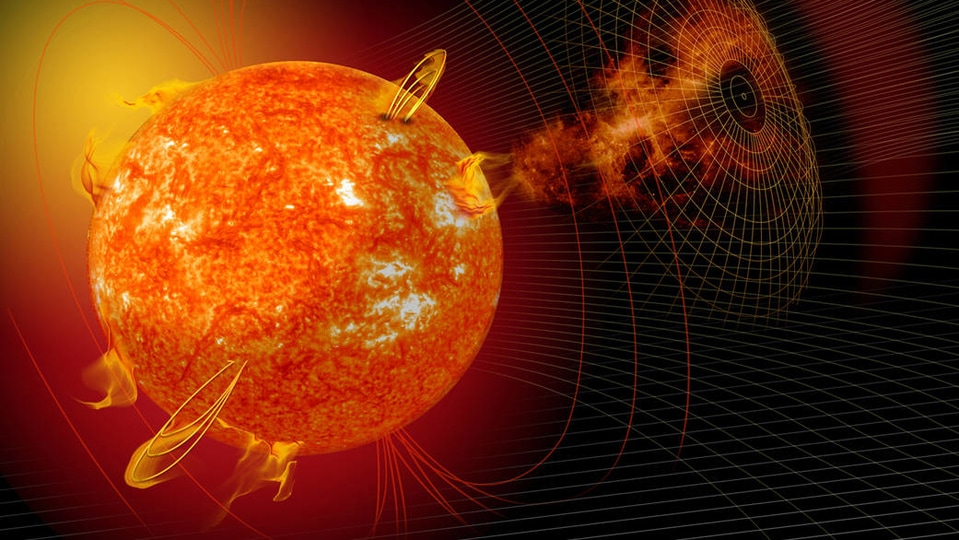

_1639373804152_1639373815879.jpg)
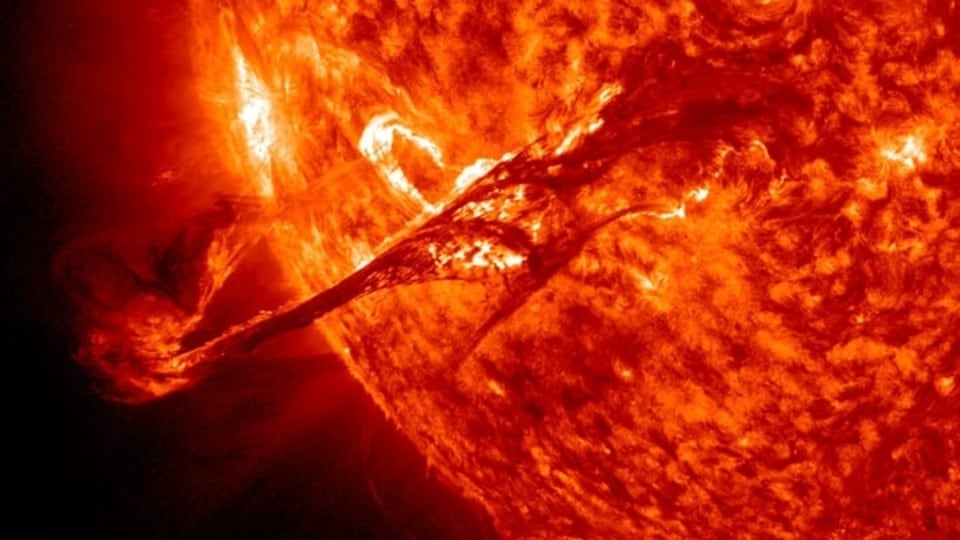
 View all Images
View all ImagesSolar activity has been ramping up over the last few months as we move ahead towards the peak of solar cycle 25, which is expected to be around July 2025. This is the main reason why the Sun has become so violent and Earth is in the firing line of various solar phenomena for the next few years. And yes, it can be dangerous. Although the past couple of days have been quieter than usual in terms of solar activity, a solar flare was still spewed out by the Sun recently.
According to a report by the U.S. National Oceanic and Atmospheric Administration (NOAA), as many as 4 sunspots have been recently observed on the solar surface. Although solar activity is expected to be at a low, there is still a chance of a C1-class solar flare to be hurled out by the Sun in the coming days.
The report stated, “Solar activity is expected to be very low with a chance for C-class flares on days one, two, and three (03 Apr, 04 Apr, 05 Apr).”
How are solar flares rated?
According to NASA, solar flares are classified according to their strength on the logarithmic scale, similar to how earthquakes are measured. The smallest ones are A-class which occur at near background levels, followed by B, C, M and X. Similar to the Richter scale for earthquakes, each letter represents a 10-fold increase in energy output. So an X is ten times an M and 100 times a C. Within each letter class there is a finer scale from 1 to 9.
The role of the NASA Solar Dynamics Observatory
The NASA Solar Dynamics Observatory (SDO) carries a full suite of instruments to observe the Sun and has been doing so since 2010. It uses three very crucial instruments to collect data from various solar activities.
They include Helioseismic and Magnetic Imager (HMI) which takes high-resolution measurements of the longitudinal and vector magnetic field over the entire visible solar disk, Extreme Ultraviolet Variability Experiment (EVE) which measures the Sun's extreme ultraviolet irradiance and Atmospheric Imaging Assembly (AIA) which provides continuous full-disk observations of the solar chromosphere and corona in seven extreme ultraviolet (EUV) channels.
Catch all the Latest Tech News, Mobile News, Laptop News, Gaming news, Wearables News , How To News, also keep up with us on Whatsapp channel,Twitter, Facebook, Google News, and Instagram. For our latest videos, subscribe to our YouTube channel.









